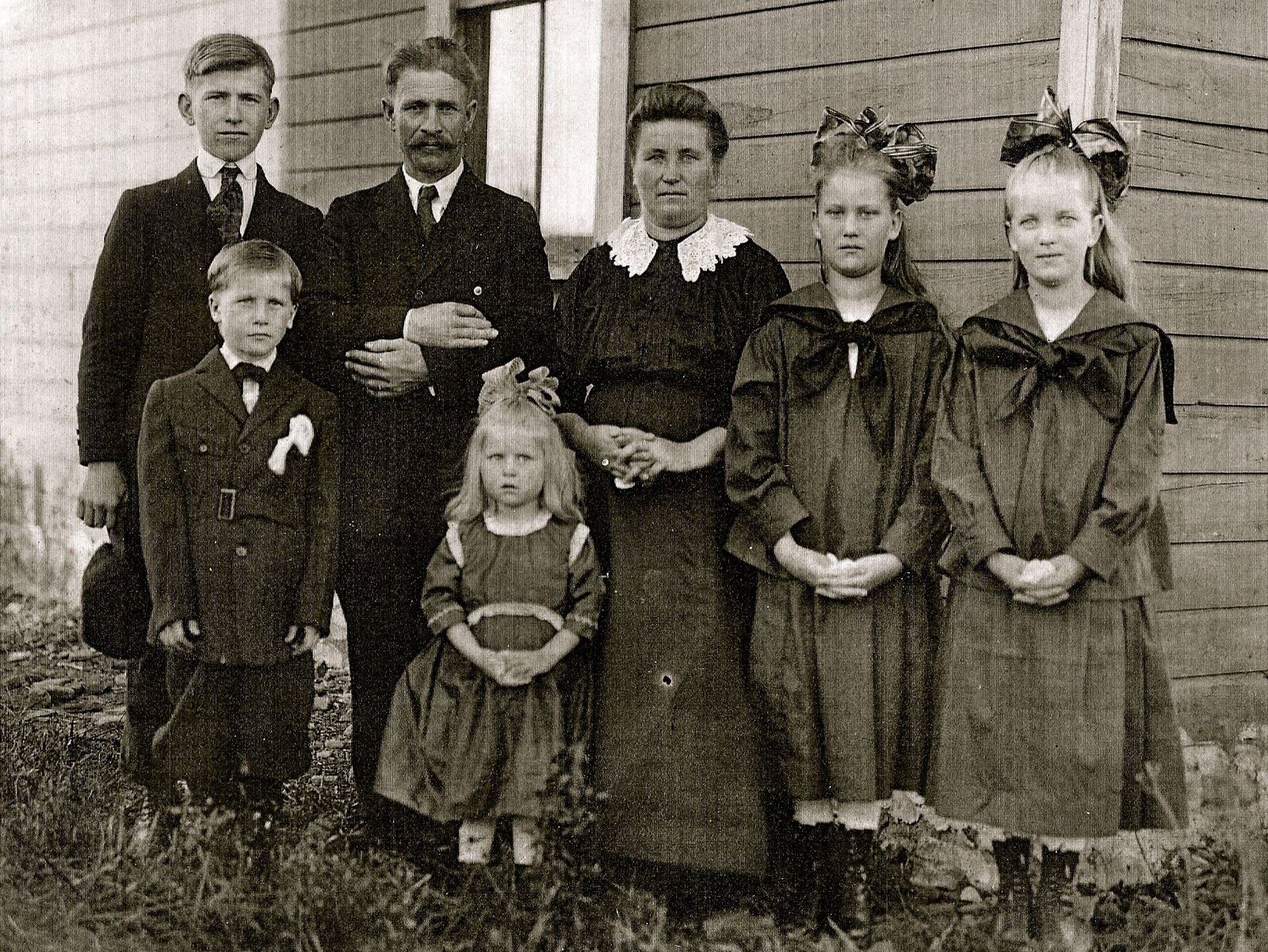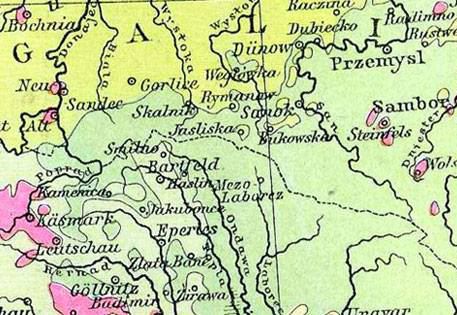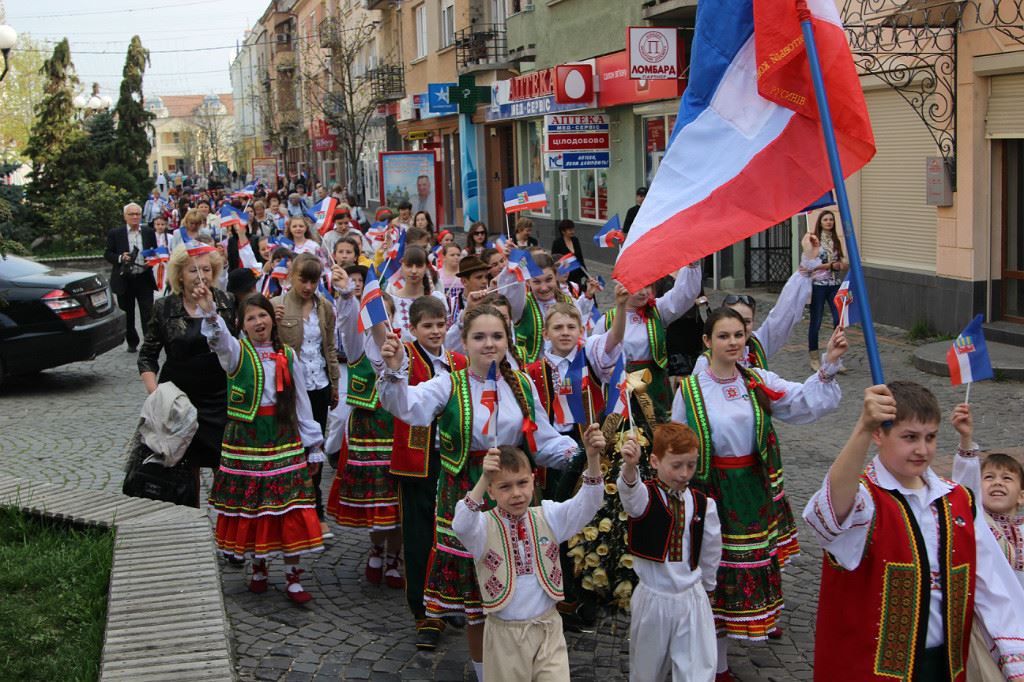Geography & Economy
GEOGRAPHYThree-quarters of the Carpatho-Rusyns in Europe are found within the borders of Ukraine, specifically in the Transcarpathian region (historic Subcarpathian Rus'). In Slovakia, Carpatho-Rusyns live in the northeastern part of the country, in an area popularly known as the Presov Region. On the northern slopes of the Carpathians, they had traditionally lived in southeastern Poland, in an area known as the Lemko Region. After World War II, the Lemko Rusyns were deported to Ukraine and other parts of Poland. Among those who remained in Poland, a few thousand eventually managed to return to their Carpathian homeland, although most continue to reside in scattered settlements in the southwestern part of the country (Silesia). Finally, there are several Carpatho-Rusyn villages just south of the Tisza River in the Maramures region of northcentral Romania, and a few scattered settlements in northeastern Hungary. Beyond the Carpathian homeland, Rusyns live as immigrants in neighboring countries. The oldest immigrant community, dating back to the mid-eighteenth century, is in the Vojvodina (historic Backa) and Srem regions of former Yugoslavia, that is, present-day northern Serbia and far eastern Croatia. In the Czech Republic, Carpatho-Rusyns reside primarily in northern Moravia and the capital of Prague, where most immigrated just after World War II. The largest community outside the homeland is in the United States, where between the 1880s and 1914 about 225,000 Carpatho-Rusyns immigrated. They settled primarily in the industrial regions of the northeastern and north-central states where most of their descendants still live to this day. Smaller numbers of Carpatho-Rusyns immigrated to Canada and Argentina in the 1920s and to Australia in the 1970s and 1980s. Carpatho-Rusyns do not have their own state. At best they function as a legally recognized national minority in all but one (Ukraine) of the European countries where they live. As has historically been the case with stateless minority groups, Carpatho-Rusyns have been reluctant to identify themselves as such or have simply not been recorded by the governments in the countries where they have lived. Therefore, it is impossible to know precisely the number of Carpatho-Rusyns in any country. A reasonable estimate would place their number at 1.5 million persons worldwide.Until 1945, the vast majority of Rusyns in Carpathian Rus' inhabited over 1,100 small villages that averaged in size between 600 and 800 residents. Aside from Carpatho-Rusyns, most villages also had a small number (usually 5 to 15 percent) of inhabitants belonging to other national groups. These generally included a few Jewish families (small shopowners and tavern keepers as well as farmers), Romany/Gypsies who often lived on the outskirts of the village, and a Magyar, Polish, Slovak, or Czech official (gendarme, notary, schoolteacher). | ECONOMYThe Carpatho-Rusyns were mostly employed as farmers, livestock herders (especially sheep), and in forest-related occupations. The mountainous landscape that characterized Carpathian Rus' never allowed for extensive agricultural production. As a result, Carpatho-Rusyns were usually poor and were often forced to survive by working in neighboring countries or by emigrating permanently abroad, most especially to the United States. After World War II, industrial enterprises were established in or near the Carpathian homeland, and many Rusyn villagers moved to nearby cities. Those cities (Uzhhorod, Mukachevo, Presov, Humenne, Kosice, Michalovce, Sanok, Nowy Sacz, Gorlice, Novi Sad) were most often located outside Carpatho-Rusyn ethnolinguistic territory. As a result, many Rusyns who migrated to cities intermarried, attended schools using the state language, and eventually gave up their identity as Carpatho-Rusyns.
|




